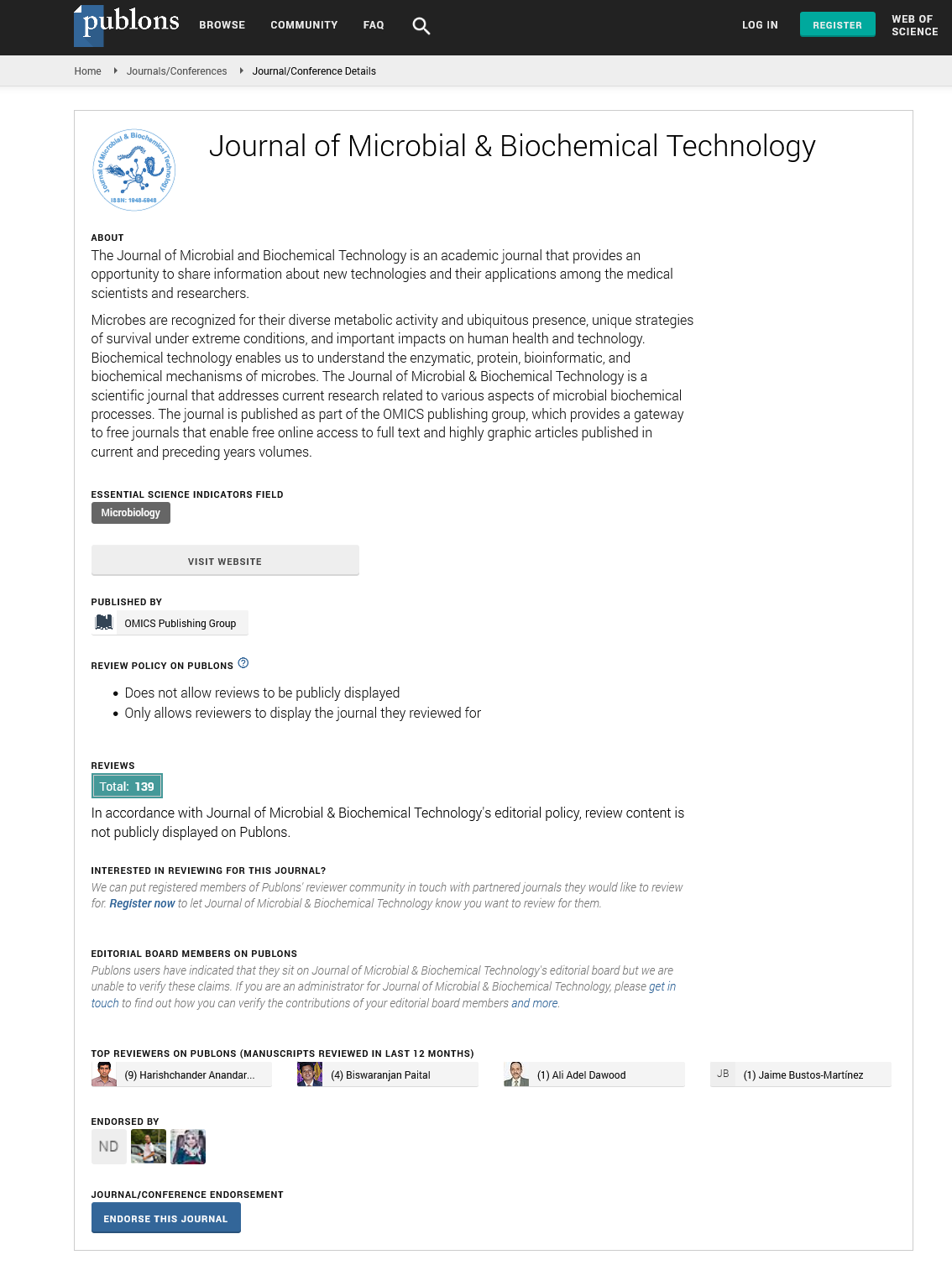Indexed In
- Academic Journals Database
- Genamics JournalSeek
- Academic Keys
- JournalTOCs
- China National Knowledge Infrastructure (CNKI)
- Scimago
- Access to Global Online Research in Agriculture (AGORA)
- Electronic Journals Library
- RefSeek
- Directory of Research Journal Indexing (DRJI)
- Hamdard University
- EBSCO A-Z
- OCLC- WorldCat
- SWB online catalog
- Virtual Library of Biology (vifabio)
- Publons
- MIAR
- University Grants Commission
- Geneva Foundation for Medical Education and Research
- Euro Pub
- Google Scholar
Useful Links
Share This Page
Journal Flyer

Open Access Journals
- Agri and Aquaculture
- Biochemistry
- Bioinformatics & Systems Biology
- Business & Management
- Chemistry
- Clinical Sciences
- Engineering
- Food & Nutrition
- General Science
- Genetics & Molecular Biology
- Immunology & Microbiology
- Medical Sciences
- Neuroscience & Psychology
- Nursing & Health Care
- Pharmaceutical Sciences
Mohammad Amin Hejazi
Mohammad Amin Hejazi
West & Northwest Agricultural Biotechnology Research Institute of Iran (ABRII), Tabriz,
West Indies
Publications
-
Research Article
Optimization of Total Carotenoid Production by Halorubrum Sp. TBZ126 Using Response Surface Methodology
Author(s): Masoud Hamidi, Malik Zainul Abdin, Hossein Nazemyieh, Mohammad Amin Hejazi and Mohammad Saeid HejaziMasoud Hamidi, Malik Zainul Abdin, Hossein Nazemyieh, Mohammad Amin Hejazi and Mohammad Saeid Hejazi
Carotenoids are one of the most diverse and broadly distributed classes of pigments in nature with a high number of biotechnological applications. Carotenoids have a broad range of functions, especially in relation to human health and their role as biological antioxidants. The increasing demand for consumption of natural carotenoids has raised interest in their bio-production. The objective of the present study was the analysis of environmental factors (temperature, pH and salinity) through response surface methodology (RSM) on the total carotenoid production of Halorubrum sp. TBZ126. In addition the effect of light was evaluated. Five levels of temperature, pH, and salinity were selected based on central composite design (CCD) and RSM to reach the optimum values for the cell growth and carotenoid production. Bio-production was carried out in an orbital shaker using a 10% (v/v) inocul.. View More»
DOI: 10.4172/1948-5948.1000158

